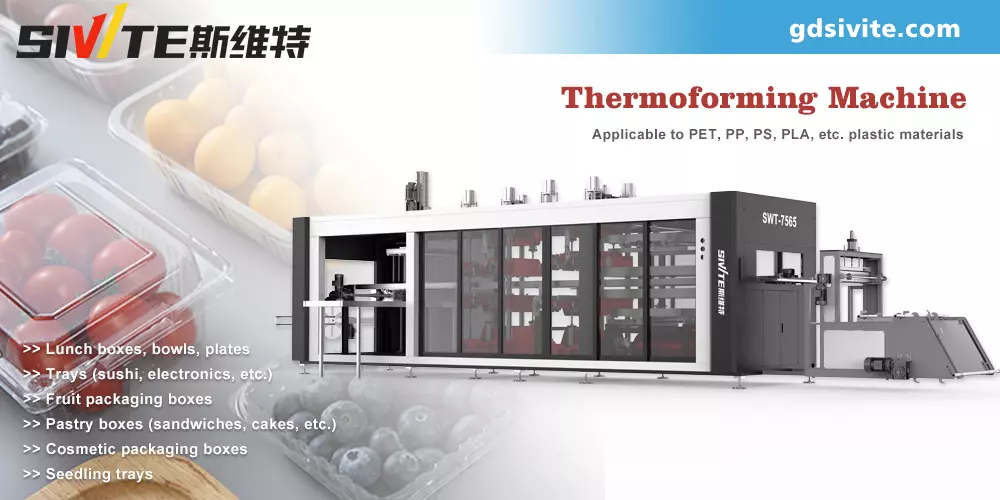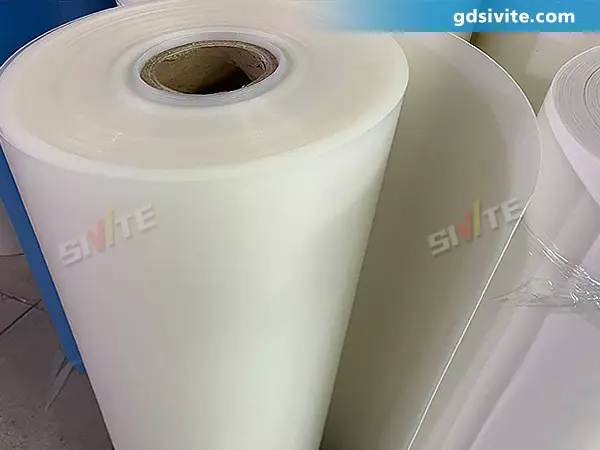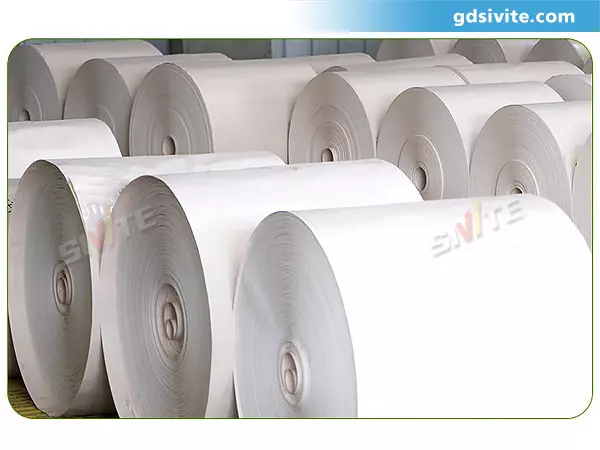What are the best materials for thermoforming?
For plastic thermoforming machines, choosing the right material is critical to ensuring efficiency, durability, and high-quality output. Whether you are producing lunch boxes, fruit boxes, pastry boxes, automotive parts, or medical device housing trays, the choice of material will directly affect the performance and cost-effectiveness of the thermoforming process. Materials include PET, PP, ABS, HIPS, and PVC, each of which offers unique advantages for different thermoforming needs. Below we will take a deep dive into the best materials for thermoforming, how they affect the performance of the thermoforming machine, and how to choose the right materials for different thermoforming machine products.
1、Understanding Thermoforming and Material Requirements
Thermoforming is a manufacturing process where plastic sheets are heated to a pliable temperature, formed into a specific shape using a mold, and then trimmed to create a finished product. The success of this process depends heavily on the material used, as it must withstand heat, maintain structural integrity, and be easily moldable. **Plastic thermoforming machines** are designed to work with a variety of thermoplastics, each offering unique advantages depending on the application. 
Key considerations when choosing materials include:
- Heat resistance – The material must soften at the right temperature for forming without degrading.
- Flexibility and rigidity balance – Some products require stiffness, while others need flexibility.
- Cost-effectiveness – The material should align with production budgets while maintaining quality.
- Recyclability – Many industries prioritize sustainable materials for environmental compliance.
2、Top Materials for Plastic Thermoforming Machines
Polypropylene (PP)
PP (polypropylene) is a versatile material that is widely used in thermoforming due to its light weight and excellent chemical and fatigue resistance. It is ideal for food packaging (e.g. disposable plastic cups, lunch boxes), medical devices and automotive parts. PP is also microwaveable and recyclable, making it an environmentally friendly choice. Although it has a lower melting point than ABS or PETG, modern plastic thermoforming machines can precisely control the temperature to ensure uniform molding without warping.

a. High-Impact Polystyrene (HIPS)
HIPS is one of the most widely used materials in plastic thermoforming machines, especially for packaging and disposable containers. It is cost-effective, easy to mold, and provides a smooth surface finish. HIPS is ideal for food packaging, disposable cutlery, and medical trays due to its hygienic properties and recyclability.
b. Acrylonitrile Butadiene Styrene (ABS)
ABS is a durable thermoplastic known for its impact resistance and glossy finish. It is commonly used in automotive parts, electronics housings, and appliances. **Plastic thermoforming machines** favor ABS for its ability to maintain structural integrity under stress, making it suitable for high-performance applications.
c. Polyethylene Terephthalate (PET)
PET is a lightweight, transparent, and recyclable material widely used in beverage bottles and food containers. Its excellent barrier properties against moisture and gases make it a top choice for the food and beverage industry. Plastic thermoforming machines process PET efficiently, ensuring high-speed production with minimal waste.

d. Polycarbonate (PC)
Polycarbonate is a high-strength thermoplastic used in demanding applications such as automotive components, medical devices, and safety equipment. It offers exceptional heat resistance and impact strength, making it ideal for products requiring durability and clarity. Plastic thermoforming machines must be equipped to handle PC’s higher processing temperatures, but the results are worth the investment.
E.PLA (Polylactic Acid) is a game-changer in eco-conscious manufacturing. Derived from renewable resources like corn starch, PLA is fully biodegradable and compostable, offering a sustainable alternative to petroleum-based plastics. While it has lower heat resistance than traditional thermoplastics, advancements in **plastic thermoforming machines** now enable precise forming for packaging, disposable cutlery, and agricultural films. Key advantages:
- Zero fossil fuel dependency
- Certified compostability (meets ASTM D6400 standards)
- Reduced carbon footprint without sacrificing formability

3、 Future Trends: Bio-Based and Recycled Thermoplastics
The shift toward circular economies is driving demand for recycled PET (rPET) and bio-engineered polymers. Plastic thermoforming machines are evolving to handle these materials, ensuring manufacturers stay competitive in a low-carbon future.Especially in the field of food packaging, the requirements for environmental protection are getting higher and higher, so this kind of environmentally friendly material is even more important.
4、Reasonable selection of thermoforming materials to improve product quality
The selection of the best thermoforming material depends on the production process requirements of the final product. For example, PP and PLA materials are generally used to produce lunch boxes, while PET materials are generally used to produce fruit boxes. Common materials include PET, ABS, HIPS, PVC and PLA. They each have their own advantages and can be applied to different product areas. As a trusted supplier of plastic thermoforming machines in more than 80 countries, we recommend evaluating material properties, application requirements and sustainable development goals before making a decision. Appropriate material selection can improve product quality, reduce waste and increase production efficiency - key factors in maintaining competitiveness in the global market.
